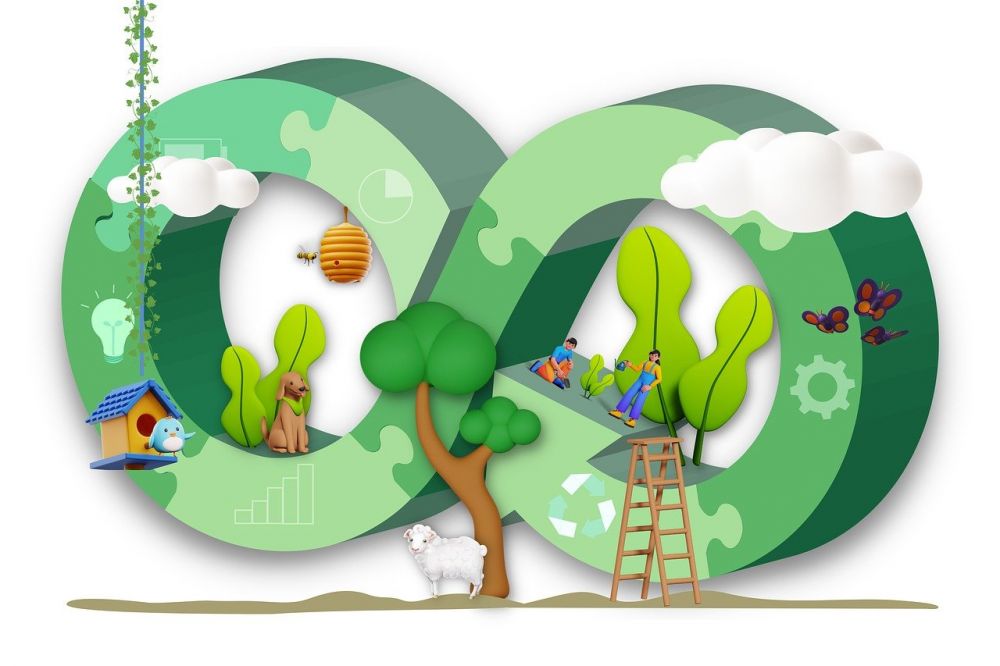CSR Pyramid - Guiding Businesses Towards Sustainability

Introduction:
The concept of Corporate Social Responsibility (CSR) has gained significant momentum over the past few decades. As society becomes more conscious of its impact on the environment and other stakeholders, businesses are expected to align their practices with sustainable principles. One crucial framework that assists businesses in maneuvering this complex landscape is the CSR Pyramid. This article aims to provide a comprehensive overview of the CSR Pyramid, its historical evolution, and its significance for individuals and businesses interested in corporate sustainability.
Understanding the CSR Pyramid:

The CSR Pyramid is a visual representation of the various responsibilities businesses have towards society, starting from economic obligations at the base, followed by legal, ethical, and philanthropic responsibilities in ascending order. This hierarchical framework helps businesses understand the different dimensions of CSR and prioritize their efforts accordingly. Let’s delve deeper into each level of the pyramid:
1. Economic Responsibility:
At the base of the pyramid lies economic responsibility. Businesses exist to create economic value and generate profits for their shareholders. This level emphasizes the importance of a strong financial performance and sustainable growth. It highlights the significance of long-term success and the ability to reinvest in the business to benefit both internal and external stakeholders.
2. Legal Responsibility:
Moving up the pyramid, we encounter legal responsibility. Businesses must comply with all relevant laws, regulations, and industry standards. By adhering to legal frameworks, organizations demonstrate their commitment to ethical conduct and establish trust with stakeholders. Failing to meet legal obligations can lead to severe consequences, including reputational damage, fines, legal battles, and potential closure.
3. Ethical Responsibility:
The middle level of the pyramid emphasizes ethical responsibility. While businesses may operate within the confines of the law, they must also consider ethical principles in their decision-making processes. This includes treating employees, customers, and suppliers fairly, practicing honest and transparent communication, and prioritizing responsible sourcing and production methods.
4. Philanthropic Responsibility:
The pinnacle of the CSR Pyramid is philanthropic responsibility. This level encourages businesses to contribute to social initiatives and give back to communities beyond their core operations. Philanthropic activities may include charitable donations, employee volunteer programs, and partnerships with NGOs. By engaging in philanthropy, businesses can create a positive social impact and strengthen their reputation as socially conscious entities.
Historical Evolution of the CSR Pyramid:
The CSR Pyramid has undergone significant development over time. Originally coined by Archie Carroll in the 1970s, it initially consisted of three levels: economic, legal, and ethical responsibilities. However, as the understanding of CSR deepened, the philanthropic responsibility level was added by Carroll himself in 1991, expanding the framework to its current form. This evolution reflects society’s changing expectations from businesses and the growing recognition of their role in addressing societal challenges.
Optimizing for Featured Snippets on Google:
To enhance the likelihood of this article appearing as a featured snippet on Google, the following bullet-pointed structure has been incorporated:
– CSR Pyramid: Guiding businesses towards sustainability
– Introduction: Understanding the CSR Pyramid
– Economic Responsibility
– Legal Responsibility
– Ethical Responsibility
– Philanthropic Responsibility
– Historical Evolution of the CSR Pyramid
– Optimizing for Featured Snippets on Google
Conclusion:
The CSR Pyramid serves as a roadmap for businesses aspiring to integrate social and environmental considerations into their operations. By understanding the different levels of responsibility, organizations can navigate the complexities of corporate sustainability effectively. As society becomes increasingly conscious of environmental and social issues, the CSR Pyramid continues to evolve, demanding more comprehensive and holistic approaches from businesses. Embracing the principles of the CSR Pyramid enables businesses to foster a sustainable future and contribute positively to society while reaping the benefits of enhanced reputation, customer loyalty, and long-term profitability.





